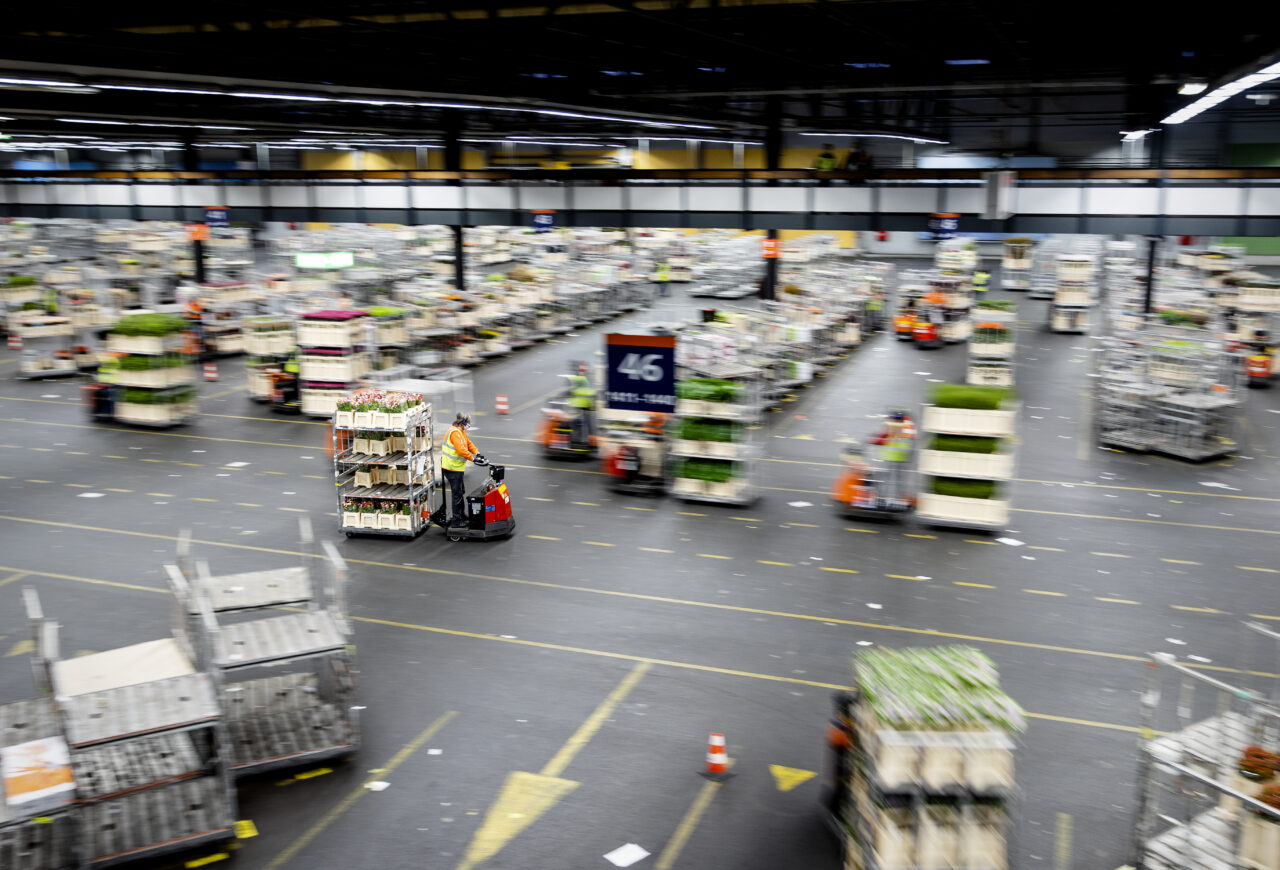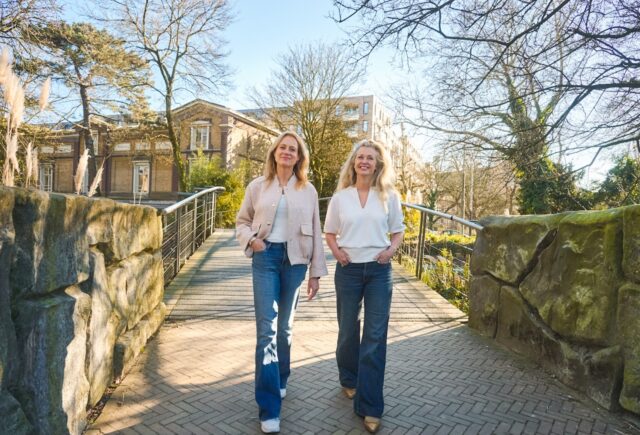In her efforts to green the European logistics sector, GLP’s Natali Cooper describes the struggle to get the granular data necessary, and the growing awareness of climate risk.

Across Europe, real estate investors are scrambling to meet the EU’s target to decarbonise the building sector by 2050.
According to the EU-funded research project CRREM (Carbon Risk Real Estate Monitor), investment in retrofit could benefit the EU by up to €175 billion per year.
One of the biggest challenges for the reduction of GHG emissions, CREEM states, “results from the poor energy efficiency of existing buildings and still too low refurbishment rates in virtually all member states of the European Union”.

GLP now manages some $120bn across seventeen different countries. Founded as a logistics real estate investor, developer, and operator it claims to have “revolutionised the modern logistics industry”, especially through a commanding position in Europe.
It is increasingly focused on sustainability, having raised more than US$1 billion in sustainability-linked loans and ESG bonds. Decarbonisation in Europe is a major priority.
Natali Cooper, head of portfolio and asset management at GLP, outlines the scale of the task. “We all need to align ourselves to a recognised standard, but this is a struggle for the industry, and, in Europe, decision-making is fragmented. There is a lack of universal application in accreditation standards.”
Challenges in the logistics sector
Cooper argues that in terms of the particular challenges in the logistics sector, “it would be a mistake to consider our sector a laggard”.
“For our businesses operating in logistics, we are every bit as concerned with succeeding on the path to net zero,” she says.
“Of course, for us there is a particular challenge in the importance of new build. 70% of our embodied carbon is in the construction of the asset itself. We are looking at good ways to try and mitigate that, which means looking at materials at the inception of the building.”
Cutting through the pan-European differences on approach, she adds: “For us the crucial benchmark we use is Planet Mark, which supports business and the efforts to get to net zero. We agreed with their system of accreditation.”
She continues: “We are seeking to get to an assessment of exactly what we have, looking at all elements of energy consumption. This will allow us to then set a baseline. The more data we have, the better it is.”
However, as for all major real estate investors at present, getting that data can be a challenge.
New technologies
“We are at an early stage of defining where we want to go because we believe it is very important to understand the baseline. We have been working on this for the last two years. We are seeking to achieve a 5% reduction every year in our carbon emissions in relation to GLP operations.”
Cooper believes that “new technologies can help us a lot on the path towards net zero”.
For her the most important technologies are in two groups. Firstly, “those which improve the performance of building materials” and secondly “those which ensure that we operate the finished building in a less carbon-intensive manner”.
Regarding the first group, she explains: “We believe we can achieve at least 25% reduction in carbon emissions by adopting the principles of the circular economy during the built phase.”
“In logistics, there is no way to build without emitting carbon. In consequence, carbon offsets are very important for logistics companies. We have been involved with a programme, which we consider credible, planting trees in the UK.” GLP is struggling to find similar programmes in other geographies.
In the second group, she describes smart metering systems as “the most important technology” to ensure a less carbon intensive way of operating. “Better data and better ‘Intel,’ these are the two crucial ways to help customers,” she says.
Physical risks
“Assessment of the environmental risk has always been part of our process, and we have a due diligence around that built into our decision-making process. We have recently expanded this process and broadened its ESG scope including looking at many social aspects of impact.”
“Physical climate risk is very significant for the entire real estate sector, but we are still some way from having the granular detail necessary to grasp the full impact of what it entails”
Meeting net zero is not the only consideration – there is also a major new worry. “Increasingly, we are looking at physical climate risk and how this will affect the value of our assets. We are in the process of a thorough examination of these risks using the CREEM model, which I believe is very relevant for the industry.”
Everyone is grappling with the full implications of recent academic work in this area. But Cooper is clear: “Physical climate risk is very significant for the entire real estate sector, but again we are still some way from having the granular detail necessary to grasp the full impact of what it entails.”
Obtaining that data will be a massive task, let alone building that into pricing, she adds.
“Lenders are trying to grasp the full implications of the increase in physical climate risk. They’re trying to get an idea of what is a sustainable portfolio.”
She stresses the need for more data across the industry to allow for a more standardised approach. “Too often just because an asset meets a particular industry standard, doesn’t mean it is at the same quality of another asset within that standard. It is only when you get down to the granularity of detail that you can have fuller transparency.”
Cooper hopes to have the results of this full modelling of climate risk in the next 15 to 18 months.
Resilience actions
Resilience actions will be vital in the logistics sector. “To me this is all part of our circular economy approach to the construction and design of our buildings.”
“Potentially, the design of a warehouse needs to become much more open- minded. How are we going to build? Rainwater capture, for example, must be built into buildings going forwards, and we look at the overall design of a building to make sure it is self-sufficient.”
This might for example involve looking at the facade and heat absorption to minimise the need for cooling systems on the interior.
“In the future, we will have to look at the way we build and make sure that we ‘future-proof’ buildings. This will undoubtedly impact our investment decisions going forwards.”





